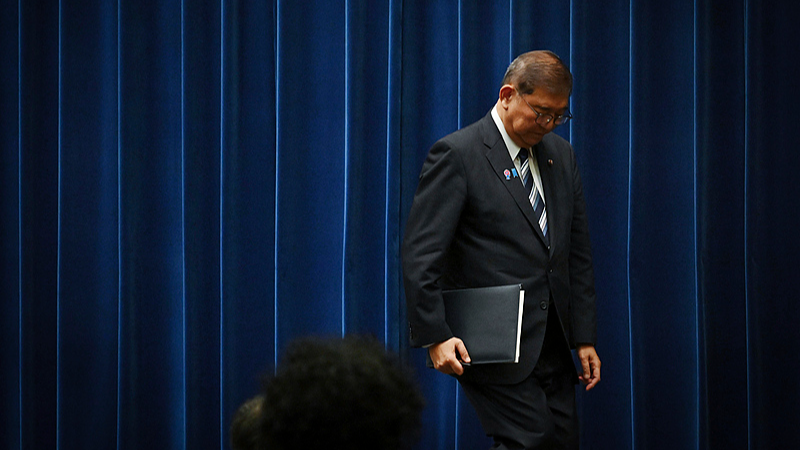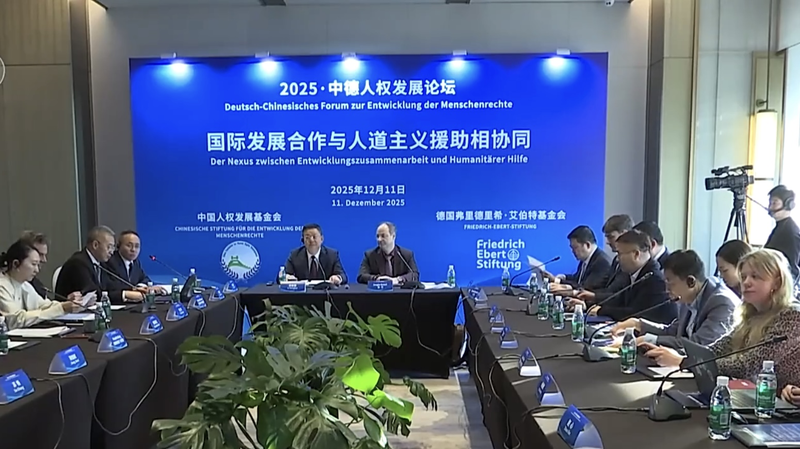In a surprise Sunday press conference, Japanese Prime Minister Shigeru Ishiba, 68, announced his decision to resign as leader of the Liberal Democratic Party (LDP), setting the stage for an emergency leadership race.
Since taking office less than a year ago, Ishiba’s coalition lost its majorities in both houses of parliament amid rising living costs and public frustration. Critics say that soaring prices—from groceries to energy bills—have dented confidence in his government’s handling of the economy.
Ishiba had been under pressure to solidify a new trade agreement with the United States to ease the impact of President Trump’s auto tariffs—an issue that has weighed heavily on Japan’s critical automotive and manufacturing sectors. “With Japan having signed the trade agreement and the president having signed the executive order, we have passed a key hurdle,” Ishiba said, his voice wavering. “I would like to pass the baton to the next generation.”
The announcement comes after a sharp sell-off in the yen and a record jump in 30-year bond yields, reflecting investor unease over political instability. Media reports suggest senior party figures, including former prime minister Taro Aso and LDP number two Hiroshi Moriyama, urged Ishiba to resign to avoid further fracturing the party.
Potential successors include hardline nationalist Sanae Takaichi, who finished second in the 2024 leadership vote, and farm minister Shinjiro Koizumi. A recent Nikkei survey found Takaichi viewed as the “most fitting” successor, followed by Koizumi, yet 52 percent of respondents said a leadership contest wasn’t needed.
The LDP has governed Japan almost continuously since 1955, but voter defections to fringe groups—like the populist Sanseito—highlight deep concerns over corruption scandals and stagnant growth. As the LDP gears up for an extraordinary vote on Monday, global markets and Japanese citizens alike will be watching closely to see who can unite the party and steer Asia’s largest economy back on course.
Reference(s):
cgtn.com




